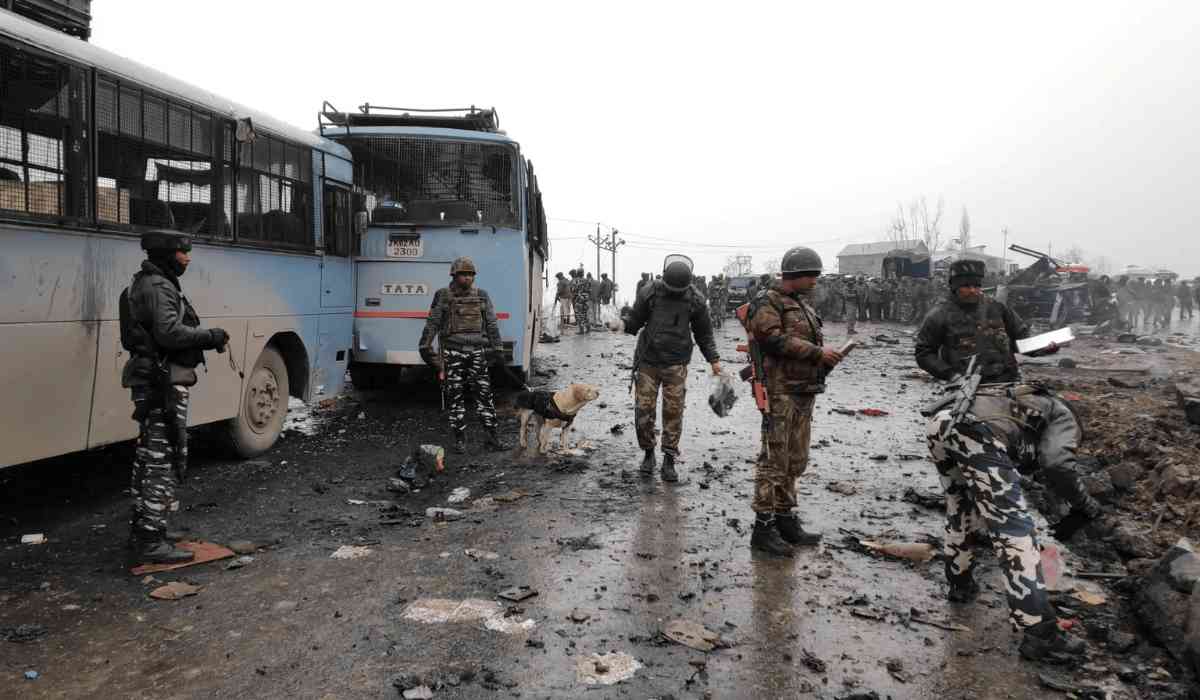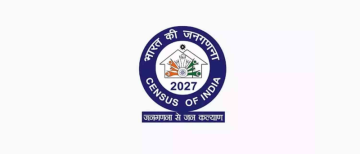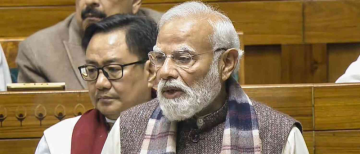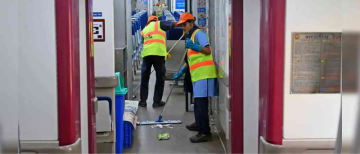In an era of digital transformation, not even terrorism remains untouched by the rise of technology. A newly released report by the Financial Action Task Force (FATF) sheds chilling light on how terrorists are becoming increasingly tech-savvy—leveraging e-commerce platforms, online payment gateways, virtual private networks (VPNs), and fintech tools to orchestrate and fund violent attacks.
Citing real-world examples such as the 2019 Pulwama suicide bombing and the 2022 Gorakhnath Temple attack in India, the FATF warns of a dangerous evolution in terrorist financing. The report underlines how online platforms like Amazon and PayPal were manipulated to procure deadly materials and channel funds across borders—often undetected.
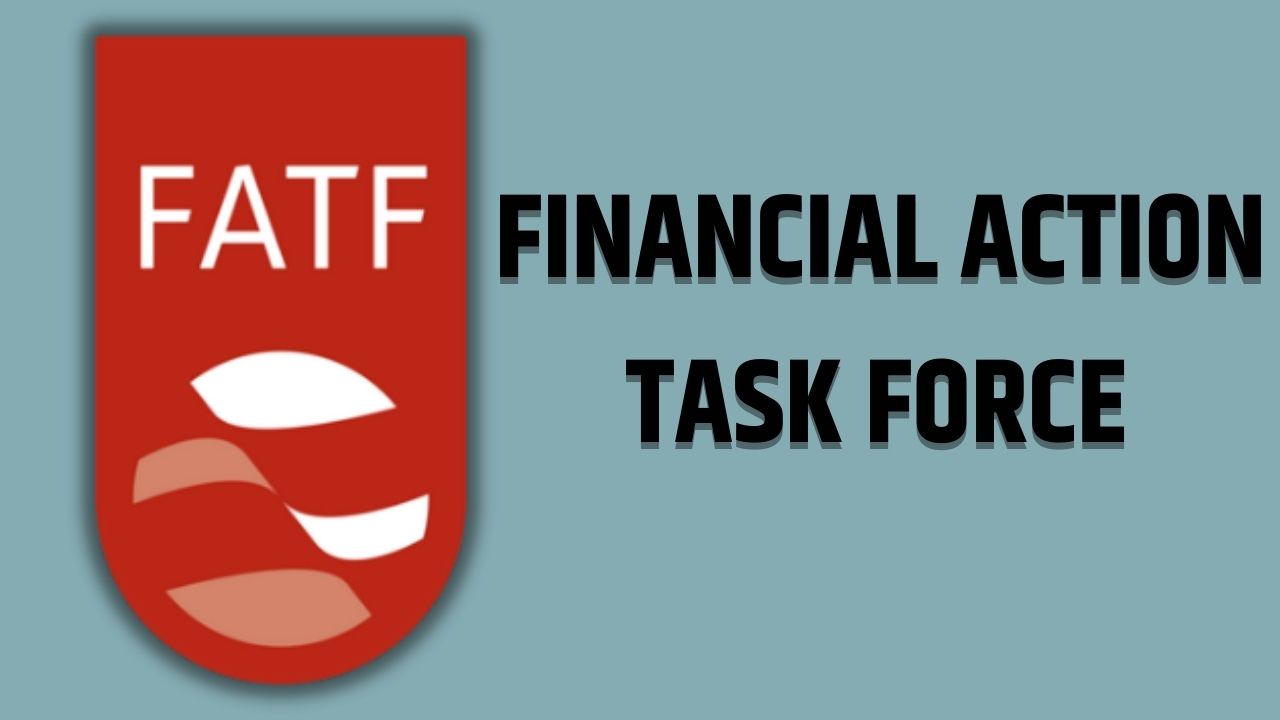
Pulwama Attack: A Deadly Convergence of Terror and Technology
On February 14, 2019, a suicide bomber attacked a CRPF convoy in Pulwama, Jammu & Kashmir, killing 40 Indian security personnel. The FATF report reveals that a critical component of the improvised explosive device (IED)—aluminium powder—was purchased using Amazon, referred to in the report as an Electronic Point-of-Sale Marketplace (EPOM).
This component was crucial in amplifying the explosion’s impact. The Indian investigation attributed the attack to the Pakistan-based terror outfit Jaish-e-Mohammed (JeM). It also revealed the cross-border smuggling of explosives into India and resulted in 19 individuals being charged under India’s Unlawful Activities (Prevention) Act, including seven foreign nationals. Authorities further seized terrorist hideouts and assets, demonstrating the extensive logistics behind the operation.
Gorakhnath Temple Attack: Lone-Wolf Terrorism Funded by PayPal
On April 3, 2022, a lone assailant influenced by Islamic State in Iraq and the Levant (ISIL) ideology attacked security personnel at the Gorakhnath Temple in Uttar Pradesh. Though the attack was thwarted and the attacker arrested immediately, the digital footprint he left behind unveiled a sophisticated financial trail.
According to the FATF, the attacker had transferred ₹6,69,841 (USD 7,685) to foreign countries using PayPal, involving 44 third-party international transactions. He also received ₹10,323.35 (USD 188) from abroad. VPN services were employed to mask his IP address, helping him evade digital surveillance.
Further scrutiny showed the attacker had paid for VPN services using his bank account, used VPNs for calls and online chats, and engaged in encrypted communications. PayPal ultimately suspended his account due to the suspicious nature of these transactions, thereby halting further fund transfers meant to support ISIL.

State Sponsorship and Trade-Based Terror Financing: A Global Concern
One of the most alarming revelations in FATF’s report is the continued state sponsorship of terrorism. Though no countries were explicitly named, the FATF stated that various national governments provide financial, logistical, and material support to terrorist groups. This includes circumventing international sanctions using tactics such as smuggling and commodity trading.
For instance, the report outlines how oil is shipped to an intermediary country, sold for gold, and then converted into cash in a different jurisdiction. This complex web of trade-based laundering provides plausible deniability to state actors and masks the true flow of funds.
Digital Platforms: The New Frontier for Terrorism
The report underscores the growing threat from peer-to-peer (P2P) systems, fintech companies, crowdfunding sites, social media, and even online gaming platforms. These platforms are often faster, cheaper, and offer anonymity—making them fertile ground for terrorist activity.
-
E-commerce misuse: Besides being procurement platforms for materials like chemicals and military equipment, EPOMs can facilitate trade-based money laundering, disguising value transfers between network members.
-
Fintech exploitation: P2P platforms and fintech services allow the creation of pseudonymous accounts, complicating the process of identifying fund initiators and recipients.
-
Fundraising merchandise: Ethnically or Racially Motivated Terrorist (EoRMT) groups have been reported selling books, music, and clothing through online platforms to raise money.
According to Europol, these digital methods are used across all kinds of terrorist organizations—from structured cells to isolated lone actors.

Structural Gaps in Global Response
Despite progress in surveillance and financial regulation, FATF’s findings paint a sobering picture: 69% of countries assessed have structural or major deficiencies in investigating and prosecuting terrorist financing cases. These weaknesses span poor cross-border cooperation, outdated legal frameworks, and a lack of technical compliance.
The report calls for:
-
Improved cross-border intelligence sharing
-
Risk-based regulatory frameworks
-
Enhanced monitoring of fintech and digital assets
The Humanitarian Dilemma
Another key issue raised is the diversion of humanitarian aid in conflict zones. Terrorist groups often exploit these regions to siphon off resources meant for civilian relief, further compounding human suffering. The FATF urges international NGOs and governments to adopt proportionate, risk-based controls to protect aid while preventing its misuse.
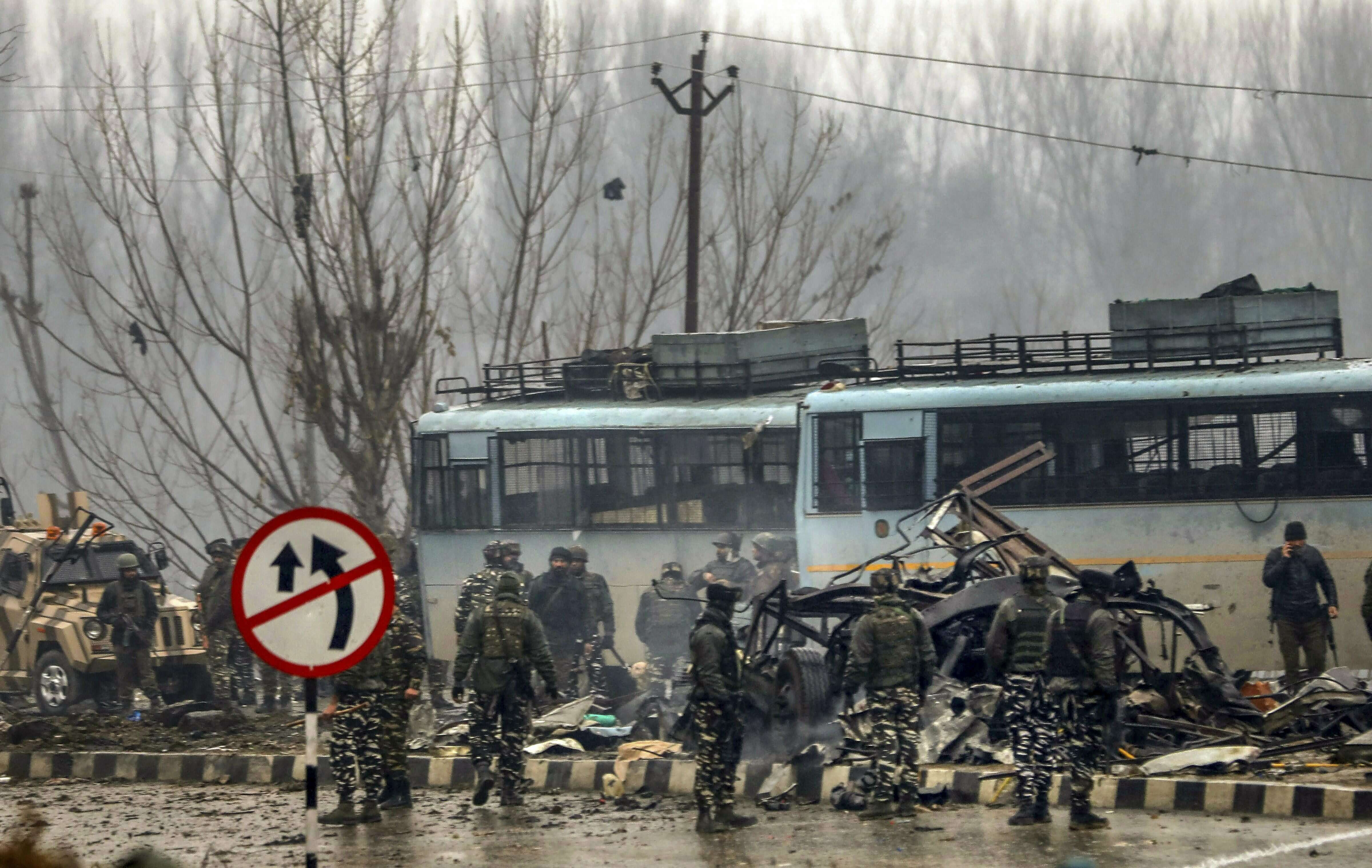
Proactive Measures and Awareness
To support early detection, FATF has provided risk indicators such as:
-
Unusual payment patterns
-
Irregular travel activities
-
Suspicious digital behavior
A global webinar on July 22, 2025, will be hosted by the FATF to educate stakeholders about these evolving threats and present countermeasures. The report was produced in collaboration with the United Nations Counter-Terrorism Executive Directorate (UN CTED) and co-led by France, with data collected from over 80 jurisdictions and 840+ private and academic contributors.
A Call for Digital Vigilance
The Pulwama and Gorakhnath Temple attacks are tragic reminders of how modern technology can be manipulated to inflict large-scale harm. As terrorists move into the digital domain, so must global counter-terror efforts. The FATF report not only outlines existing vulnerabilities but also provides a roadmap for action.
From e-commerce platforms to payment apps, the battleground of terror financing is rapidly changing. Governments, financial institutions, tech companies, and citizens must collaborate to erect stronger digital defenses—before the next attack is financed with just a few clicks.
With inputs from agencies
Image Source: Multiple agencies
© Copyright 2025. All Rights Reserved Powered by Vygr Media.

